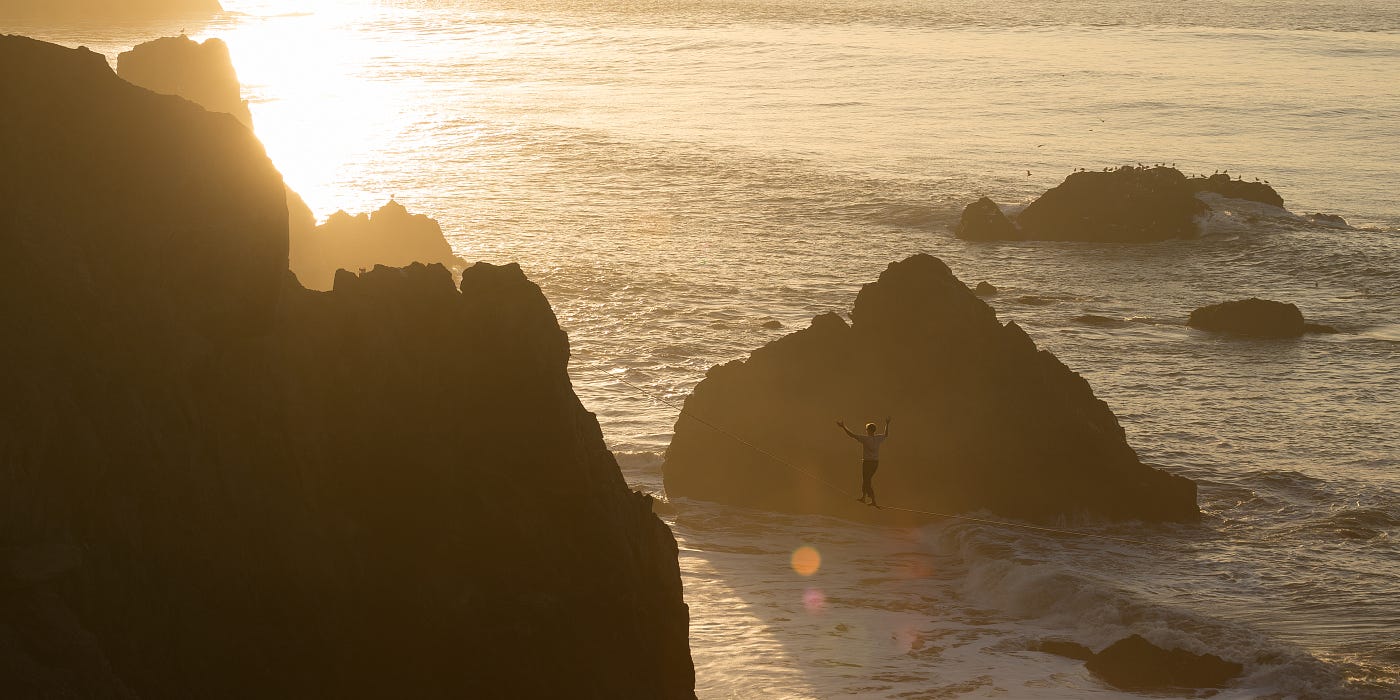
Lands End is my favorite part of San Francisco. Rain, shine, or fog, there’s never a bad time to go. A lot of people have lived in the city for years but have never actually been there; or if they have, it’s only been to check out the more popular ruins of the Sutro Baths. On a weekday morning, you can walk the mile-and-a-half-long trail from 32nd Avenue to Point Lobos and see only five or six people.

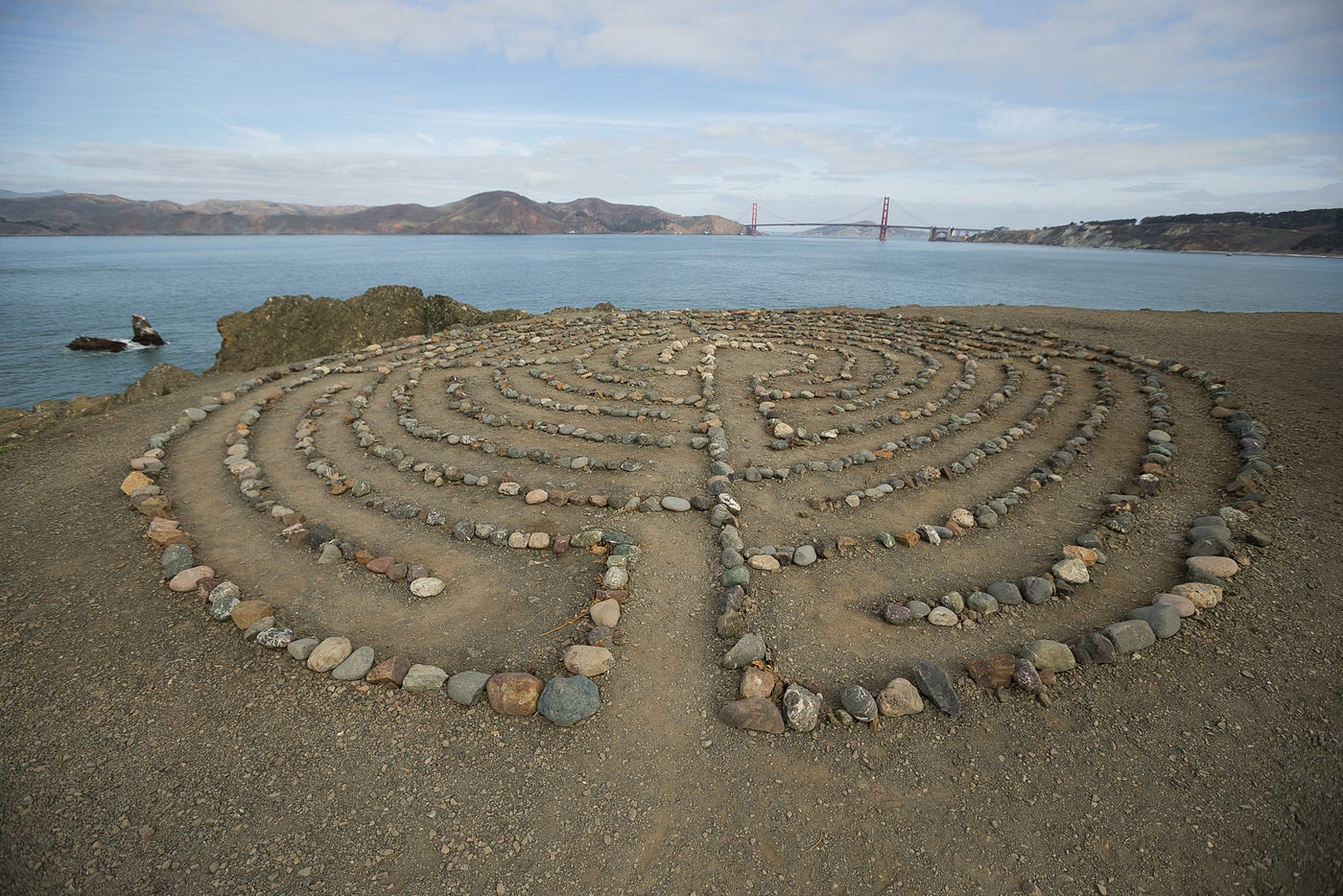
You may already know about the labyrinth built on the former gun battery and the stunning views of the Marin Headlands, but if you have the time to venture off the beaten path, there are a few interesting bits that take a little more exploring to uncover. Pieces of abandoned vehicles and flotsam from passing ships can still be found scattered among the rocks and slopes. Rusting pieces of wave generators from the 1800s decorate the rocks just off the coast. Fresh-water springs still flow despite the drought, and bizarre geology can be found everywhere. I’ve highlighted a few of my favorite points here, but there is much more to discover if you’re willing to do a little exploring.
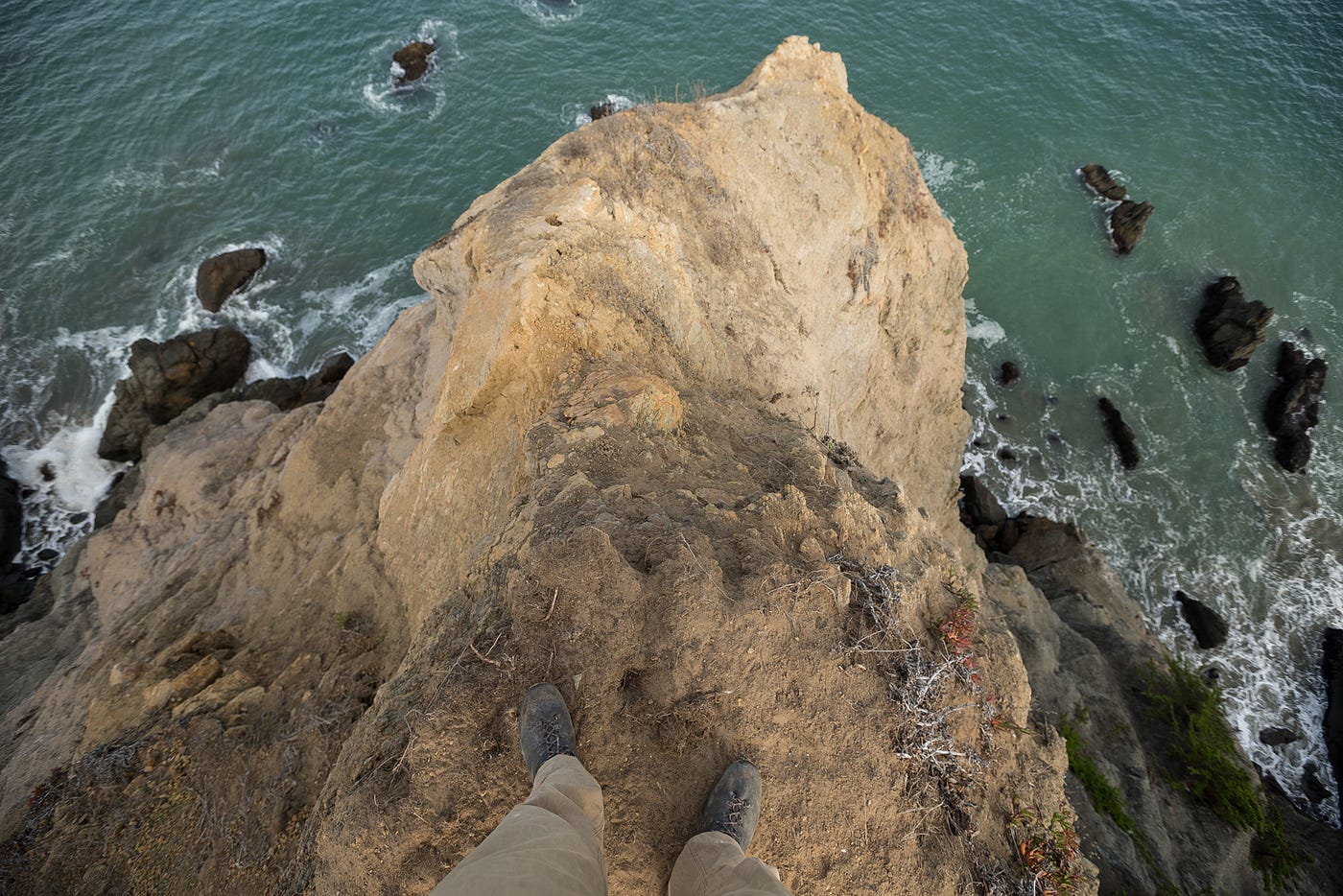
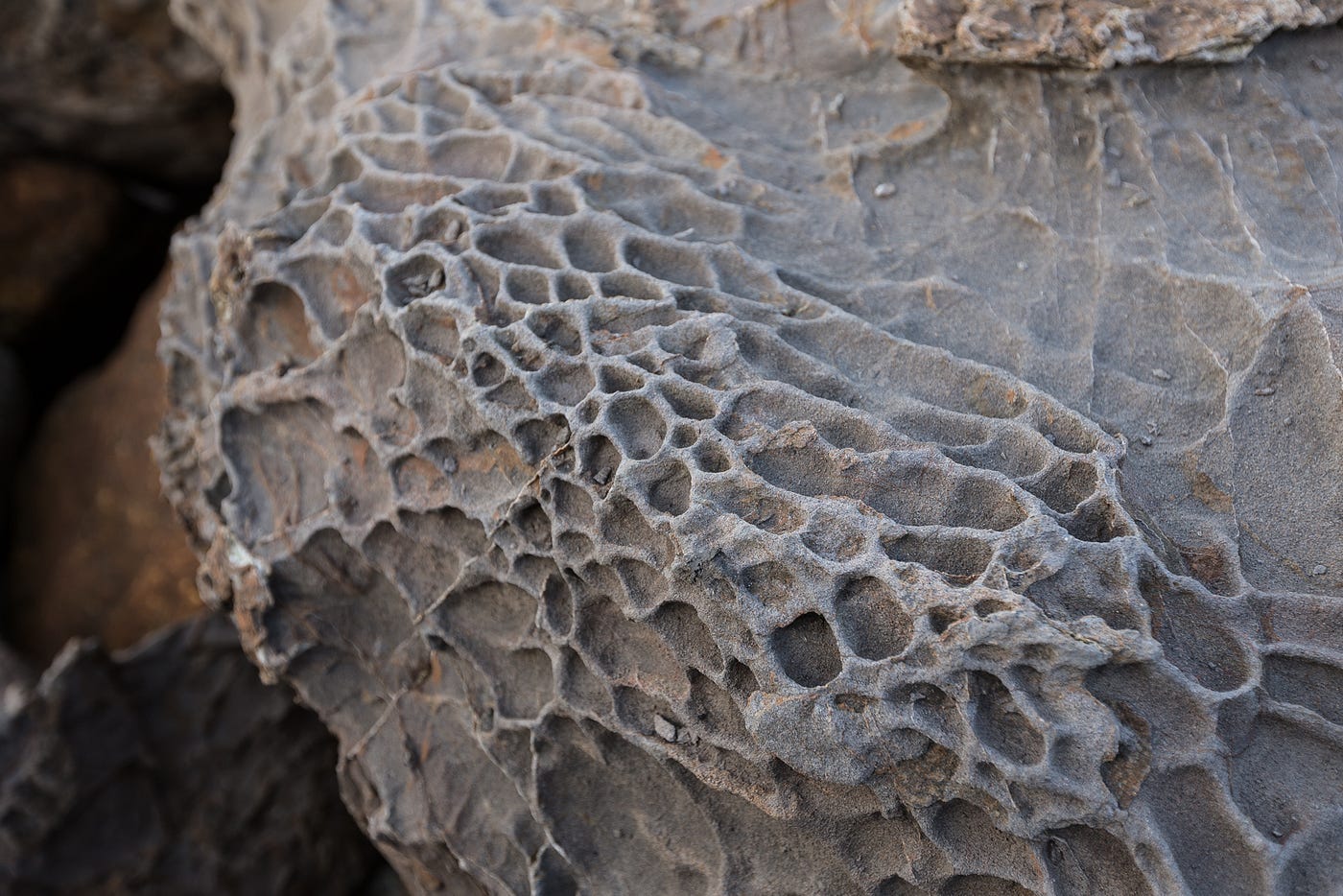
The landscape is constantly changing. Trails used to cut along the cliffs from China Beach all the way to the Sutro Baths, but only scattered sections remain. If you walk along the water’s edge after a heavy storm, you’ll see bits of the crumbling cliffs strewn across the beach. A railroad once ran along the current footpath but closed after landslides took out whole chunks of it in 1925. There was a house about 100 yards above Mile Rock Beach back in the 1930s that now lies in pieces on the beach.

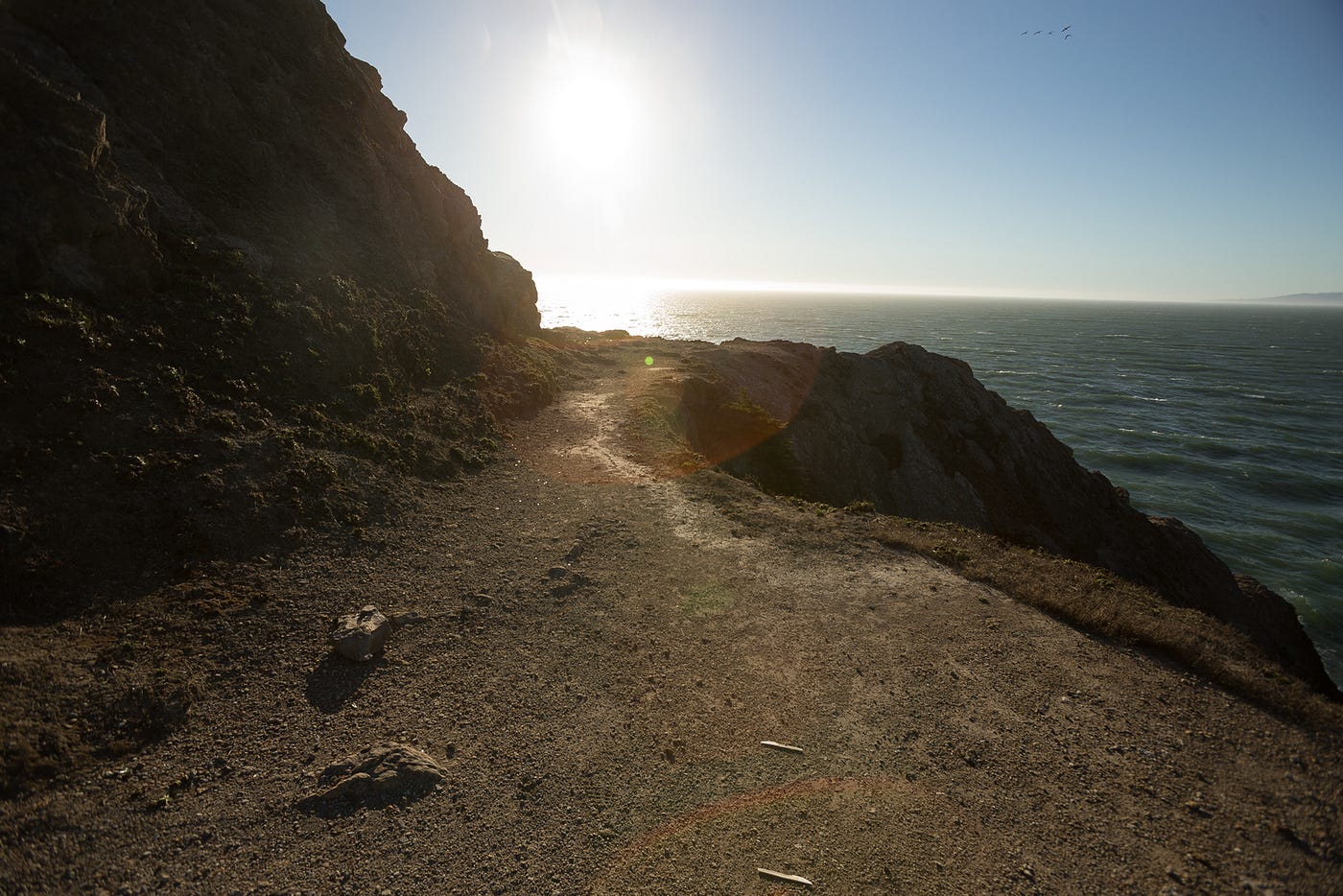
Painted Rock was used as a navigational aid to incoming sailors before trees eventually obscured the view in the early 1900s. Sailors navigating the north channel along the Marin Headlands would line up the rock with other prominent points in the water to establish their bearing when going through the Golden Gate Strait. There is a second painted obelisk hidden in the trees above the rock that was likely used for the same purpose.

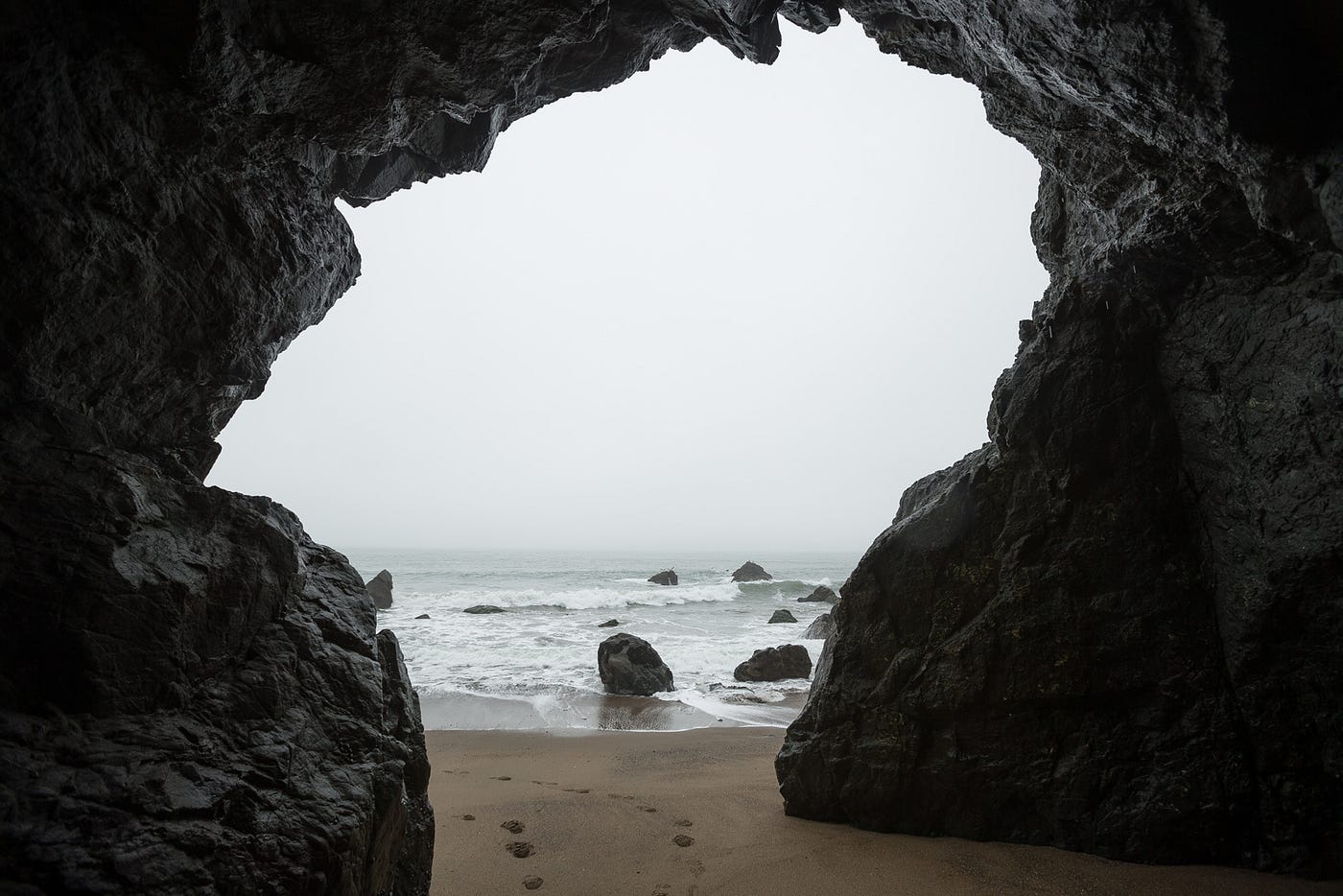
Lands End has a dark past as well. The grounds around the Legion of Honor are supposedly still riddled with unmarked graves from the gold rush era, and at least a dozen ships have met their fate on the rocky coast, four of which are still visible at low tide. Before the Golden Gate Bridge was built in 1937, it was one of the most popular suicide destinations in the country. It’s also been the site of a few unfortunate accidents in recent years, including the death of Randi Salmon just a couple of weeks ago.


Until you’re actually standing on the beach, it’s hard to appreciate just how rugged the coastline is. Some of the coves are so rarely visited that you can still find harbor seals lounging on the sand. Except at extremely low tides, these coves are essentially inaccessible. My two favorites are the areas just east and west of Dead Man’s Point.

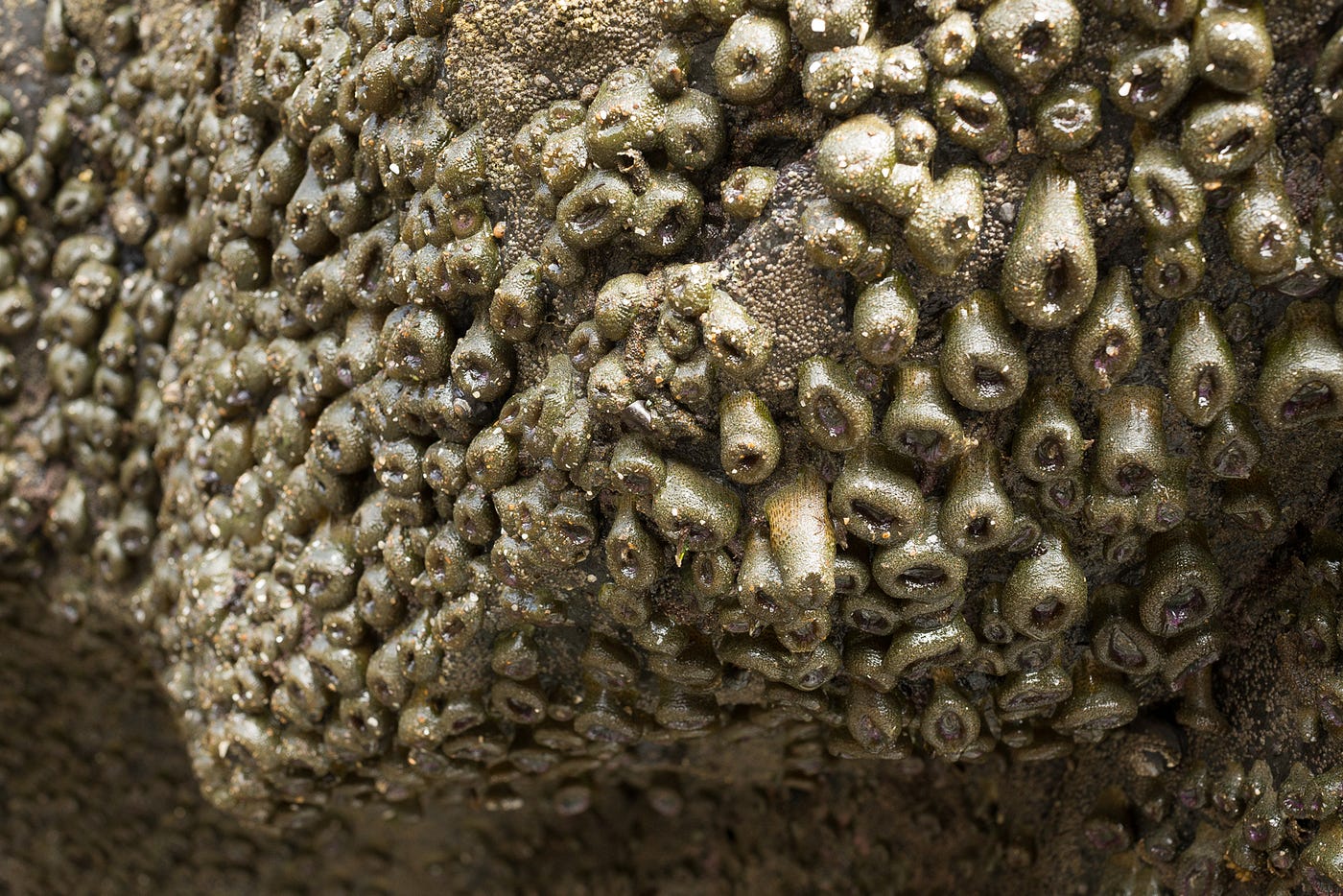
Typically, tides at -1 foot and below are good enough to get around the rocks, but sand levels and storm swells can make a big difference. If you do decide to check them out, make sure you know what you’re getting into, and keep an eye on the tide. It’s easy to get trapped down there, and the cliffs often block cell-phone reception. As fun as it might be to ride in a helicopter, you really don’t want to have to flag down a passing coast-guard patrol for a ride home.
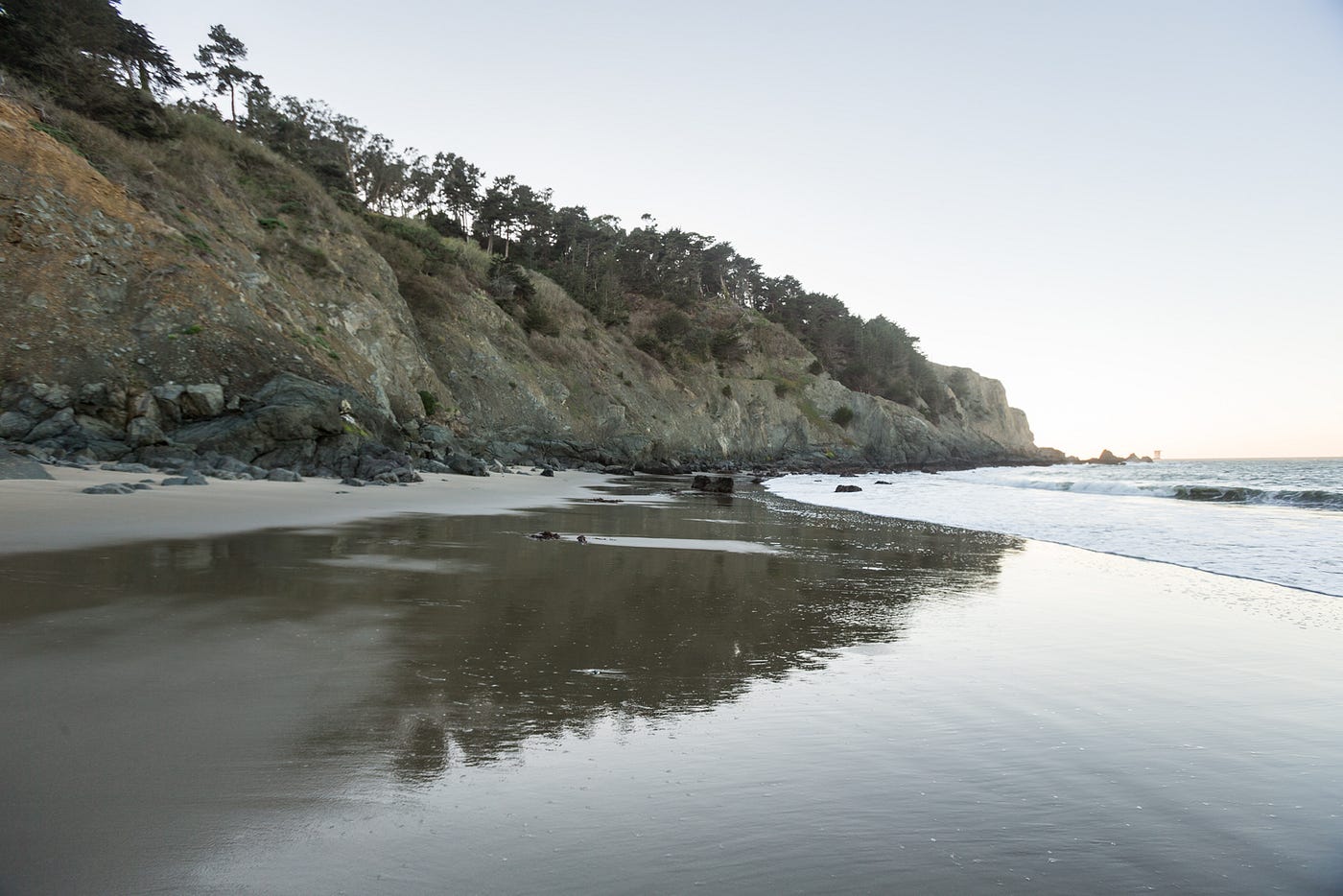
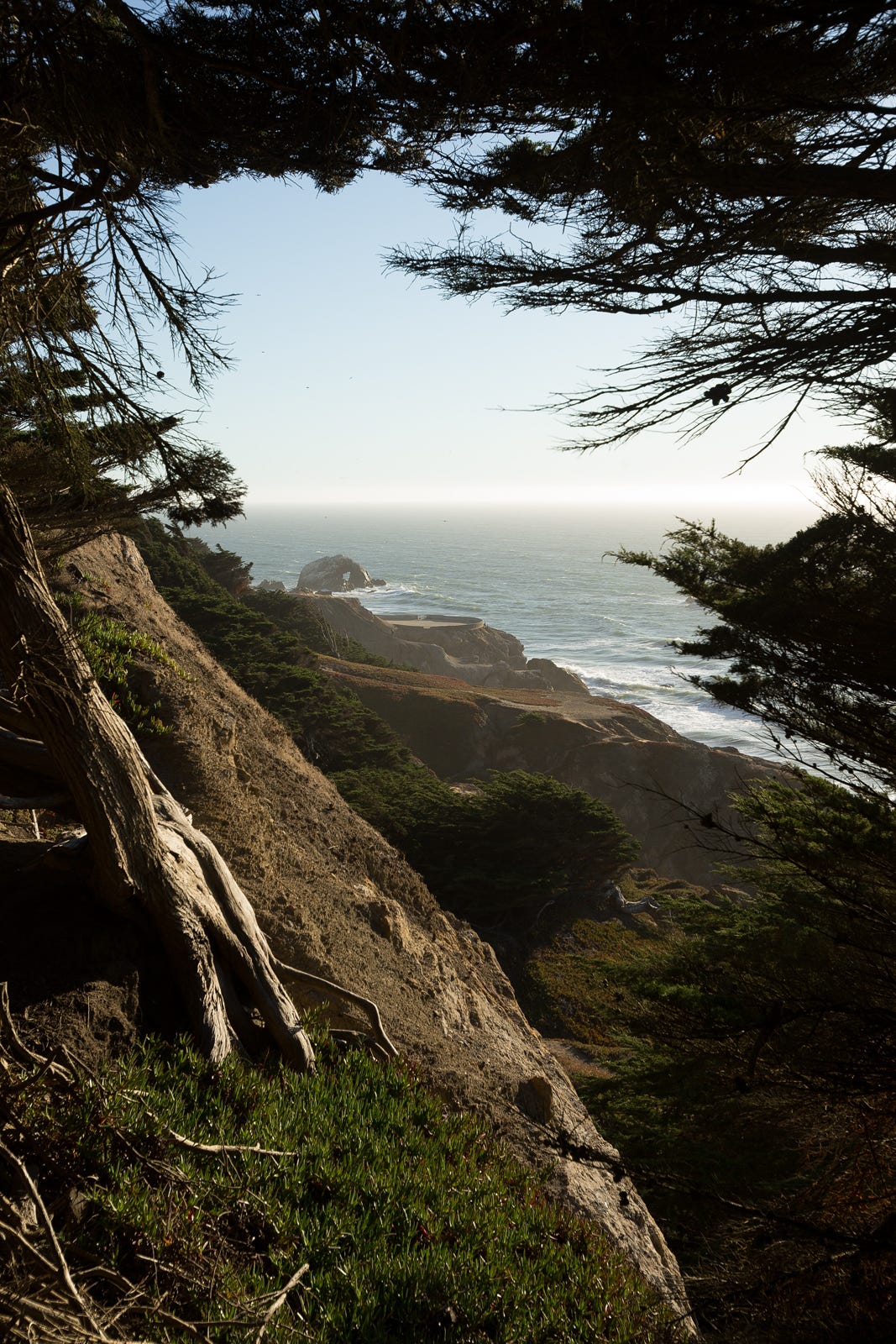
One of the biggest mysteries of Lands End is a broken tunnel dug into the cliffs below Dead Man’s Point. Until recently, nobody knew what the tunnel was built for or how old it really was. Local historian John Martini found two articles this past July from the Chronicle from 1891 describing a coal-prospecting project that seems to fit the bill. Remnants of a brick infrastructure, wooden support beams, and rope ladders can still be found on the site east of the labyrinth.
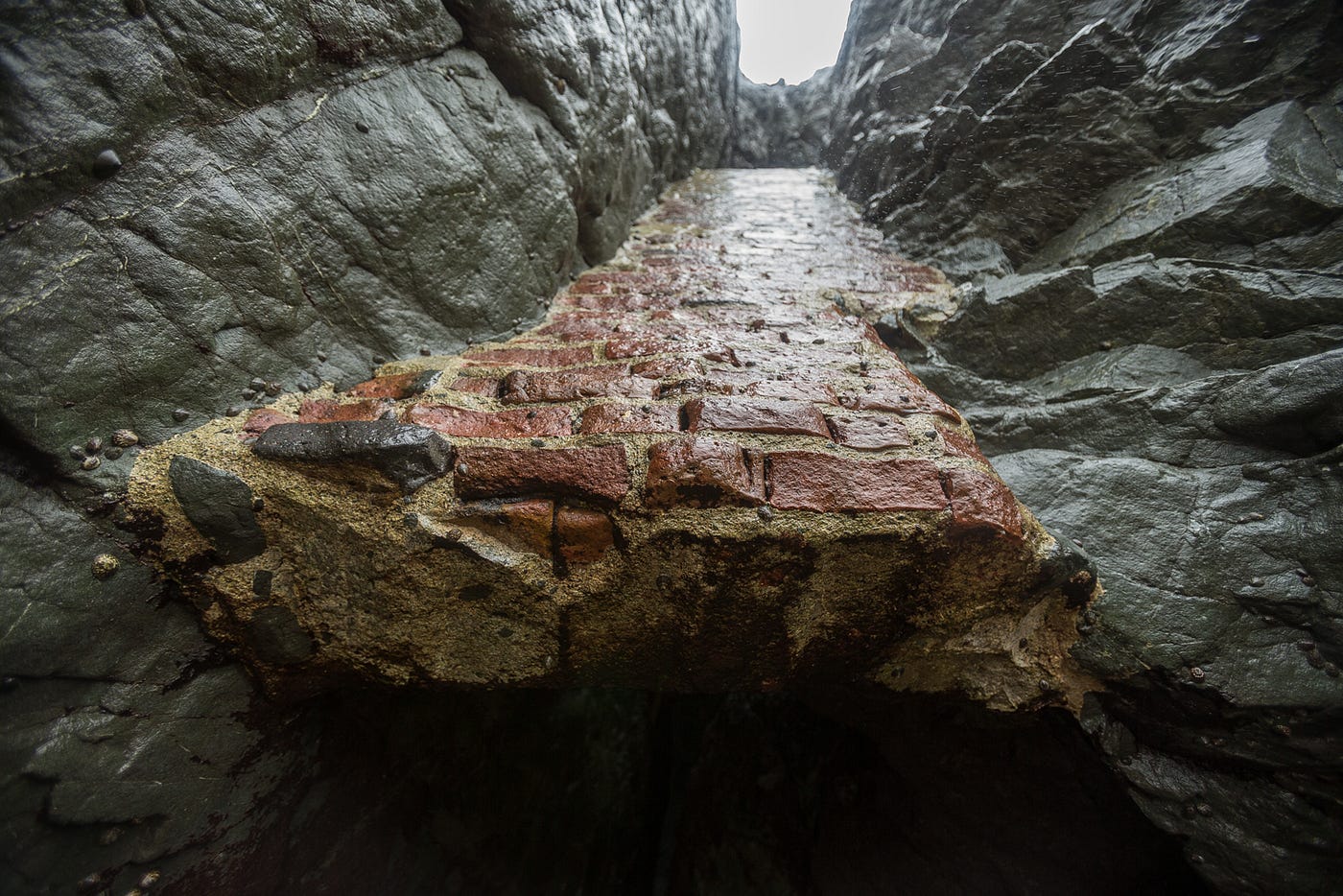

The articles describe a potential bonanza of a coal vein that, if mined to its fullest extent, would have had a drastic effect on San Francisco’s western neighborhoods, if not the entire region. So why do we now know the area as Lands End and not as Sutro’s Coal Mine? Nobody knows for sure. Maybe someday someone will dig up more information on Adolph Sutro and his brief dabble in coal mining, but for now I appreciate that Lands End still keeps some secrets.







